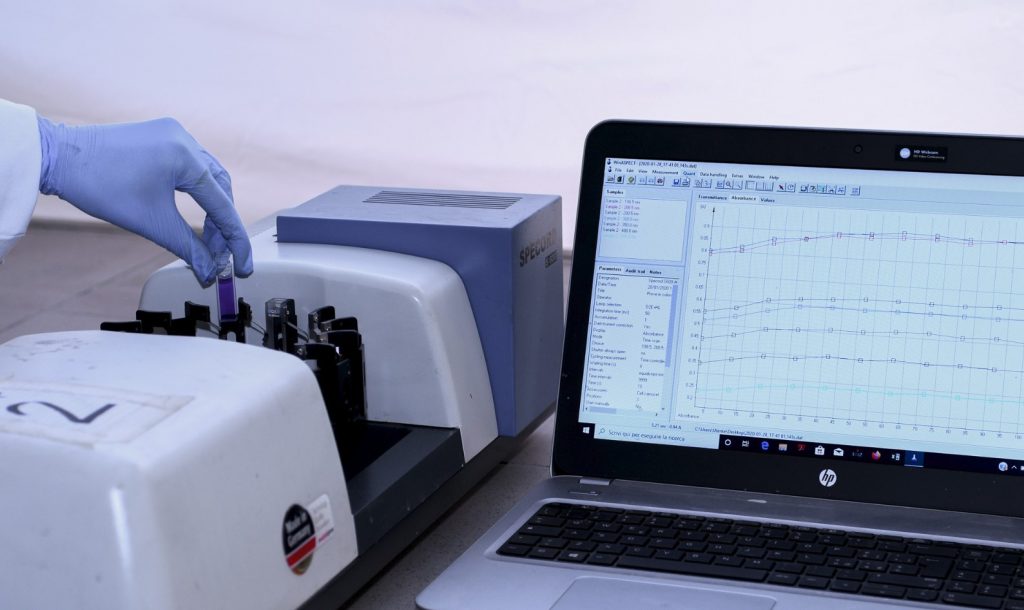In the past decades, the extensive use of plastic in the manufacturing industry and its subsequent inadequate waste disposal has led to a massive increase in plastic-derived pollution. In particular, the pollution of microplastics (MPs) and nanoplastics (NPs) – directly released in the environment or deriving from the secondary degradation of macroplastics – raises major concerns due to their potential toxic effects on living organisms and their higher bioavailability. More specifically, the small size of these particles (from tents of nanometers to several micrometers) makes them highly mobile and difficult to isolate once dispersed in the environment.
When released in the ecosystem, particulate plastics can migrate to different environmental compartments (air, water, soil) until they reach potential receptors and accumulate along the food chain. Even though the direct impacts of plastic-derived pollution on human health are still largely unknown, recent studies proved that, when dispersed in the environment, plastic acts as a vector of toxic compounds, pharmaceuticals, heavy metals, bacteria and viruses. However, a systematic knowledge on MP and NP toxicity, fate and transport is still lacking, especially regarding freshwater bodies.

The GW Group aims at developing experimental methods and modeling tools to study the fate of plastics and their potential pathways in the subsoil and groundwater. In order to characterize plastic mobility in the environment, the GW Group conducts laboratory experiments, where the colloidal stability and the aggregation of plastic particles are studied in function of groundwater geochemical parameters. Column transport test are also carried out to study the mobility of the particles in different conditions, and mathematical and numerical models based on lab results are developed to predict the behavior of the particles in realistic conditions.